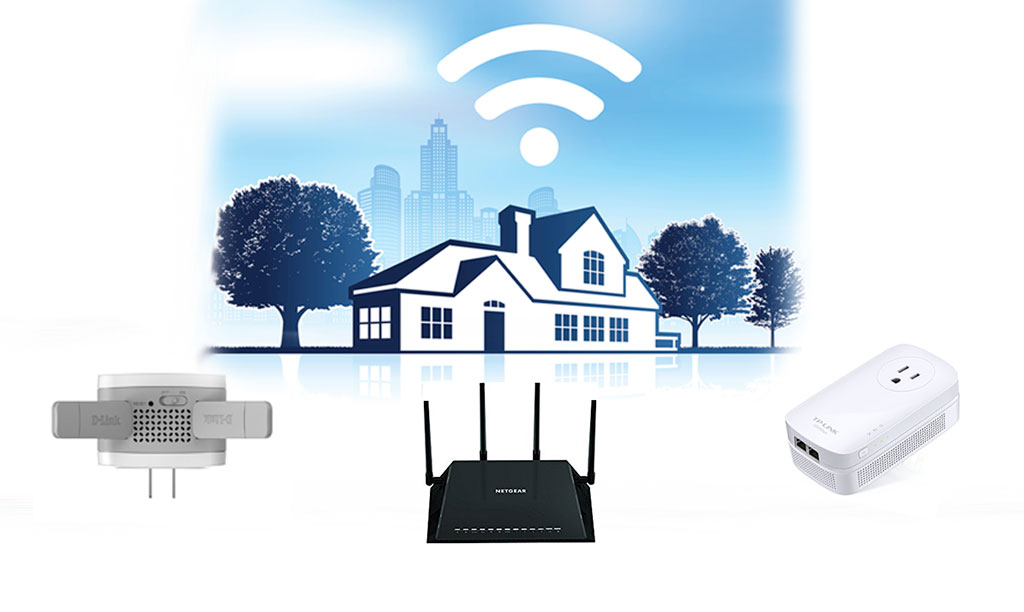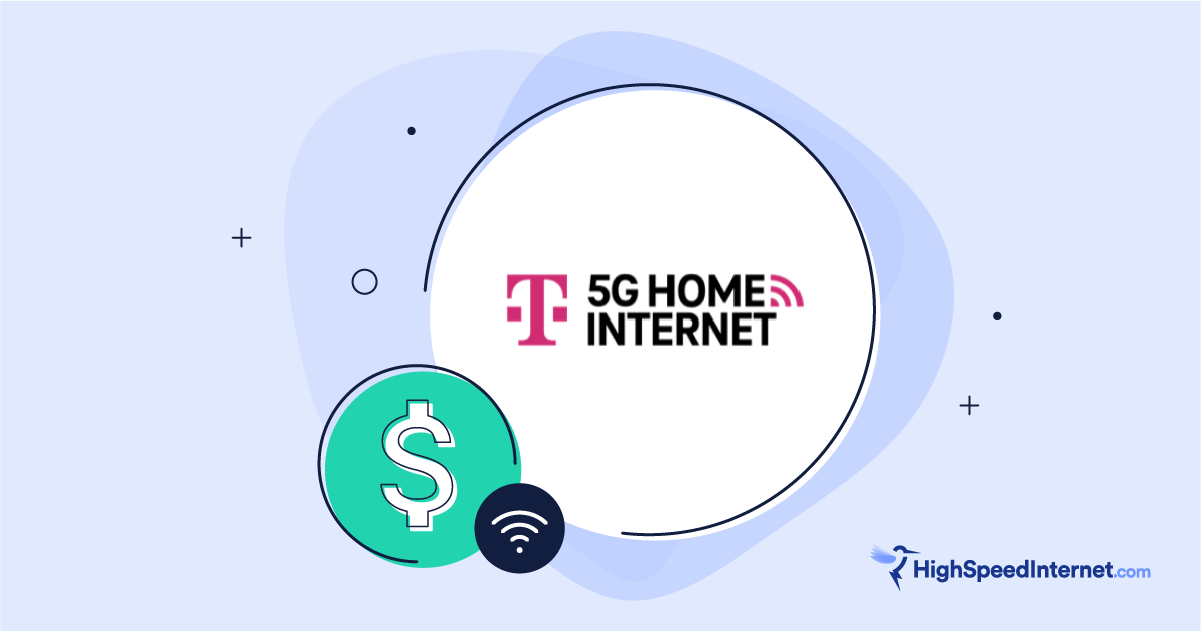How Do I Get Elon Musk’s Starlink Internet?
The technophile’s guide to SpaceX’s Starlink satellite internet
Dec 1, 2025 | Share
How-To
Starlink has been an emerging force in the satellite internet world since its launch. Just a few years ago, getting your hands on Starlink’s satellite internet was a terribly long and slow process—now you can get your hands on it relatively quickly and just about anywhere. The hype has since died down some, but Starlink’s service has steadily remained in high-demand. Luckily, it’s now widely available to the public.
If you need a flexible internet solution for rural areas or are just curious about low-Earth orbit (LEO) satellite constellations, let us walk you through the basics of this notable development in satellite internet technology.
Starlink internet plans
Starlink offers two plans for residential customers and two Roam plans for those needing portable satellite internet—though it also has several additional plans designed for businesses and vehicles that we aren’t going to go into.
Starlink plans and pricing
| Plan | Price | Speed |
|---|---|---|
| Starlink Residential 100 Mbps | $40/mo.* | Up to 100Mbps |
| Starlink Residential Lite | $80/mo.* | Up to 250Mbps |
| Starlink Residential | $120/mo.* | Up to 400Mbps |
| Starlink Roam 50GB | $50/mo.* | Up to 300Mbps |
| Starlink Roam Unlimited | $165/mo.* | Up to 300Mbps |
Data as of 12/01/2025. Offers and availability may vary by location and are subject to change.
See disclaimers.
Most people looking for a home internet plan want to opt for a Starlink Residential plan. Starlink Roam is a portable internet service that you can take with you while traveling. This can be a handy feature for digital nomads or those living the RV life, but Roam isn’t a one-size-fits-all solution. It comes with higher prices and slower speeds, so make sure the trade-off is worth it to you.
You can choose between a Roam 50GB and a Roam Unlimited plan, depending on your data and internet needs. Roam customers can also use their connection while moving with a Starlink Mini that costs $499 or with Starlink’s Performance Kit, which costs $1,999. The Mini offers a compact option for in-motion basic internet users, while the Performance Kit is best for those expecting extreme environments or harsh weather conditions—or if you need internet speeds that can hit 400Mbps or faster. Both come with a pretty hefty up-front cost with very niche use cases, so unless you know you need more speed than you can get using your phone as a hotspot, you probably don’t need either.
How to get Starlink now
If you’re already sold and ready to get Starlink, you can absolutely sign up for Starlink right now. With all the recent advances and updates Starlink has made, it’s available just about anywhere, and you won’t have to wait months to receive your Starlink equipment.
Starlink’s pricing varies depending on your location. Some areas might be subject to extra congestion fees, while other areas get special discounts and promotions. Starlink implements changes often, but we can help you figure out how much Starlink is really going to cost you.
Want to see how much Starlink is going to cost in your area?
Enter your zip code below to see Starlink pricing in your area right now.
Starlink has drastically expanded its coverage in the U.S. and recently removed its waitlists. There are still a few areas that don’t have access to Starlink’s service. If you’re in one of these areas and want to figure out a way around the wait, there is a shortcut. Sort of. Since Starlink Roam plans are licensed to go anywhere, you can sign up for a Roam plan to circumvent regional restrictions. Just keep in mind this means higher monthly costs and lower speeds than you get with a Residential plan.
Starlink does allow customers to switch from a Roam to Residential plan, but you need to make sure your address is valid and eligible for Starlink Residential service. If you aren’t given the “Change Service Plan Option” in your account, you can reach out to Starlink’s customer support. If your service address is outside of Starlink’s availability, you might not be able to switch.
The speeds you get will not only depend on your plan and equipment, but also on your location and the network capacity in your area. The Residential Lite plan is the most affordable residential plan, but is deprioritized during peak hours.
Is Starlink unlimited?
Starlink currently offers unlimited data with its plans, though there’s some fine print that comes along with that claim. Geosynchronous (GSO) satellite providers, like Viasat and HughesNet are known for having some of the most restrictive data caps of any type of internet. When GSO satellite customers hit their data cap for the month, their speeds can be deprioritized or throttled, reducing speeds to a crawl far below the advertised speeds.
Starlink doesn’t offer truly unlimited data—like most other satellite internet providers. What you do get is a very generous 1TB cap—not bad compared to the data caps other satellite internet providers impose.
Starlink divides data into three tiers: Mobile, Standard, and Priority/Mobile Priority. Residential plans come with Standard data by default, and Roam comes with Mobile. You can upgrade to Priority data for the month, but unlike Standard data, Priority data is capped, starting at 1TB (50GB for Mobile Priority). So all Starlink plans are unlimited, but they’re also lower priority by default.
Because these lower priority tiers are the default, they should still be delivering speeds that fall within Starlink’s advertised download speeds. This is not necessarily the case when you run out of data on a GSO satellite plan, which is why Starlink is still generally referred to as unlimited while other satellite plans are not. This tiered system definitely muddies the water when talking about satellite data, making it harder to make a direct comparison between providers.
How fast is Starlink internet?
Starlink currently advertises speeds up to 400Mbps in the U.S. with its Residential plan—you can check out Starlink speeds by state. Starlink residential plans can get typical download speeds of up to 150Mbps—though possibly up to 400Mbps depending on the time of day, your area, and equipment. Roam plans typically get download speeds up to 100Mbps. You can purchase additional accessories to boost your Starlink equipment’s performance and speeds.
The Router Mini costs $40 and can help fill dead spots and boost your range and Wi-Fi speeds. Even if you don’t purchase Starlink’s mesh router, you can still get decent speeds with Starlink’s standard equipment—but it will come down to your location.
The biggest advantage of Starlink’s technology is not its download speeds, but its low latency. Latency is the amount of time it takes for a signal to travel from one computer to another and back again. GSO satellites like those used by Viasat and HughesNet are located in geosynchronous orbit, far from the surface of the Earth. Even traveling at the speed of light, it takes a relatively long time (for an internet signal) to get to these satellites and back. This delay makes it hard to do any real-time activity, such as playing online games or using video chat.
Starlink has made notable advancements that have made it possible for satellite internet customers to enjoy low latency. The LEO satellites that Starlink uses orbit much closer to the Earth, reducing the distance that signals need to travel, thus providing much lower latency than other satellites can possibly achieve—now that’s innovative.
Can you watch TV on Starlink?
Starlink is a satellite internet provider, not a TV provider, so you don’t get TV channels like you do with DirecTV or DISH. That said, you can still watch TV shows over streaming services like Hulu or YouTube TV. In fact, with its decent download speeds and (mostly) unlimited data, Starlink is really the only satellite internet service that can handle streaming TV and movies on a regular basis.
For more information, check out some of our other guides on streaming services:
Disclaimers
* Starlink
- Plus hardware, shipping & handling fees, and tax. Fully refundable. Depending on location, some orders may take 2 weeks or more to fulfill.
- Users on Mini Roam are limited to 50GB of Mobile Data and can use in-motion beyond 100mph
Top rural internet providers
* Starlink
- Plus hardware, shipping & handling fees, and tax. Fully refundable. Depending on location, some orders may take 2 weeks or more to fulfill.
- Users on Mini Roam are limited to 50GB of Mobile Data and can use in-motion beyond 100mph
† T-Mobile 5G Home Internet
- with AutoPay, taxes and fees included.
‡ Viasat
- Prices, speeds and availability vary by location. Prices are subject to change. No annual contract or installation fees are required. Monthly equipment lease fees and taxes may apply
§ Hughesnet
-
Minimum term required and early service termination fees apply. Monthly Fee reflects the applied $5 savings for ACH enrollment. Offer may vary by geographic area.
Author - Andrea GutierrezPrieto
After graduating from the University of Utah with an honors degree in Linguistics, Andrea Gutierrez Prieto transitioned from being an Analytic Linguist and Research Assistant to the HighSpeedInternet.com team. Andrea has a background in academic and research writing with a passion for helping readers make informed decisions. Off the clock, Andrea spends her time watching anime, reading manga, and baking delicious pastries at home.
Editor - Jessica Brooksby
Jessica loves bringing her passion for the written word and her love of tech into one space at HighSpeedInternet.com. She works with the team’s writers to revise strong, user-focused content so every reader can find the tech that works for them. Jessica has a bachelor’s degree in English from Utah Valley University and seven years of creative and editorial experience. Outside of work, she spends her time gaming, reading, painting, and buying an excessive amount of Legend of Zelda merchandise.




